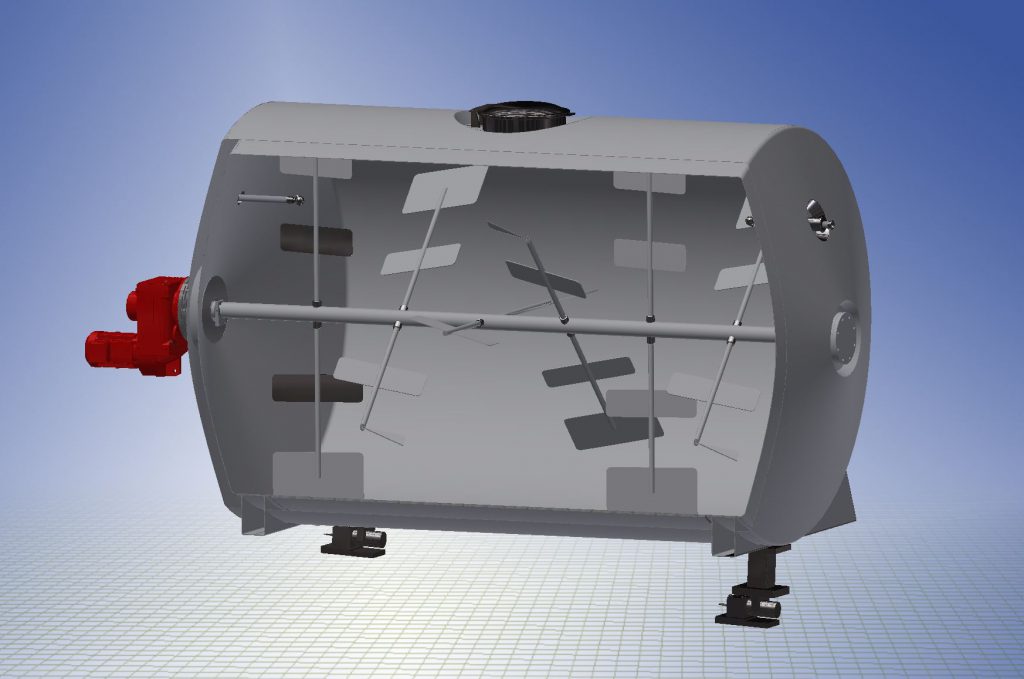Vertical or horizontal orientation makes a major difference to an agitator

It is critical whether your tank is standing upright or lying down when it is to contain an agitator. Most commonly, tanks are placed in an upright position, but when LP Kolding was to deliver stainless steel tanks to a Swedish oat milk producer it was very important that the tanks were horizontal.
To understand how to design the most optimal process tank with accompanying agitators, it is essential to understand the process which is to take place inside the tank.
For many years, LP Kolding has had the pleasure of developing and designing process tanks, production facility equipment and agitators for the food industry. This has equipped us well to deliver the right solution.
To us it is a matter of asking the customer the right questions early in the process, so that we can combine the customer’s knowledge about food production with our knowledge about the design of stainless tanks, agitators and process equipment.
A very good example of this is the delivery of process tanks to the Swedish oat milk producer. Although you might think that milk is just milk, there is a very big difference between working with plant-based milk, such as oat milk, and cow’s milk.
The structure and composition of the two types of milk are very different, and consequently the ways in which they are processed in a production facility also differ.
The process tanks we delivered in Sweden were to be used to distribute enzymes which break down the wood structure of the oat milk. This helps give the finished product the right texture.
It is a very delicate process during which it is imperative that no layers form in the milk and that it is all mixed continuously and carefully for 10-12 hours until the process is complete – and for this job a horizontal tank with a so-called paddle agitator is the most optimal, efficient and gentle solution.
